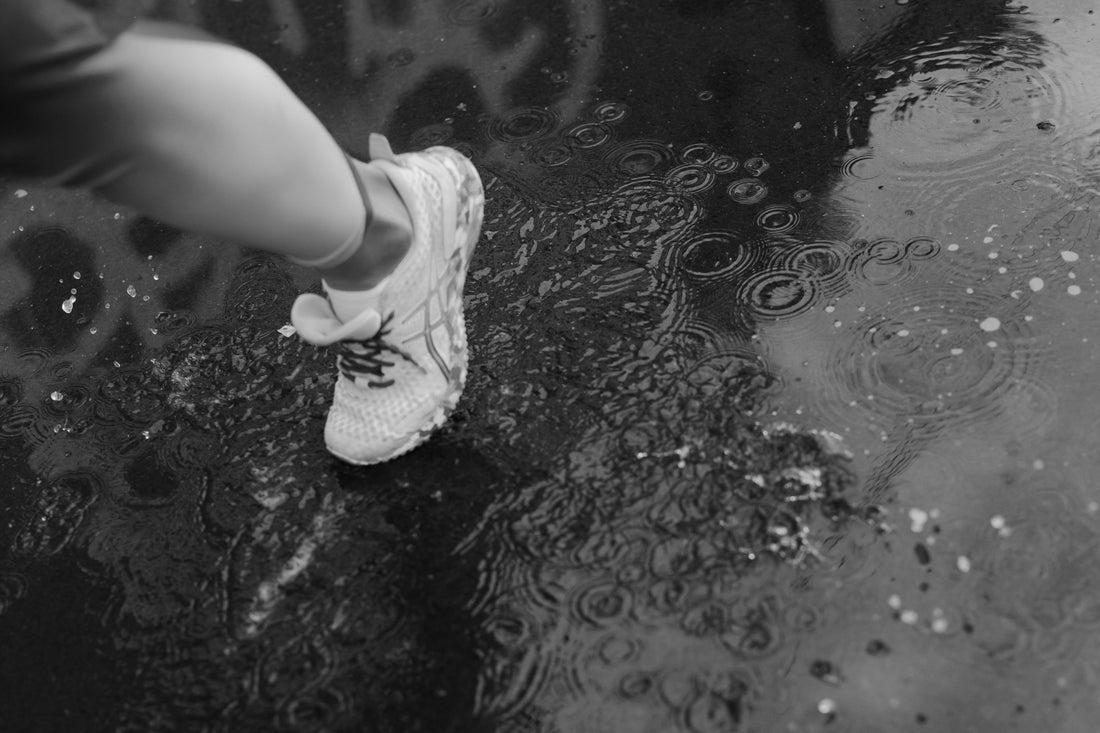3 Simple Fixes To Help You Run Faster, And With Less Pain

For all runners – right from the recreational runner training up for the City-Bay, all the way to the elite athlete – running faster and running without injury are two really big goals, and we get asked all the time what we can do to help people achieve those goals.
Whilst there isn’t a single ‘magic bullet’ that will make us run as fast as Usain Bolt, there are lots of really good strategies that can help us improve things – being both a physio and a keen distance runner, I’ll happily talk for hours about running if given the chance, but I’ve tried to limit it to 3 key things!
1. Get strong
Test yourself – see how many times you can do a one-legged squat, and how many times you can rise up on your toes on one leg. Try it in front of a mirror and see what your body does.
It’s pretty hard, isn’t it? Did you do them well, or were you swaying all over the place?
That’s essentially what your body has to do every time you take a running stride – if your muscles can’t cope with more than a few of those, how can we expect them to cope with longer runs?
Muscle strength and endurance are the ‘building blocks’ of running; without them, it’s hard to achieve good technique, and even the best technique can come unstuck if the muscles aren’t strong enough to sustain it.

2. Run with a higher cadence
‘Cadence’ is the number of steps that you take in a minute – this can make a massive difference to runners, and is one of the easiest and safest things to try changing. With running, we’re very interested in efficiency – if you’re going to perform your running stride over and over again, say over a 5km run, a more efficient technique can make a huge difference!
Most recreational runners have a cadence of 150-160 steps per minute. However, it’s biomechanically more efficient to run with a higher cadence – taking more, smaller steps, rather than fewer, bigger steps. Whilst there’s no ‘magic number’ for cadence, there’s really good science showing that simply increasing cadence by 10% can:
-
Switch on your glute and hip muscles more
-
Reduce impact forces, and reduce loads going through the knee & hip joints
-
Minimise overstride
So how do you work out your cadence? Counting steps over a minute can be hard – try counting over 15 seconds, then times that number by 4 (do it a few times to make sure you’re consistent).
Try it for yourself – simply being aware of your cadence, and experimenting with smaller, quicker steps to see how your body feels with it, is a really good start. There are some great apps that give you audio cues for cadence, and can even play music with a beat that matches your target cadence!
3. Load, load, load
When it comes to injuries, load is probably the single-most important factor – so important I wrote it three times!
Load means how ‘hard’ your body is working, and lots of things influence it – such as how far you run, how fast you run, how often you run, even where you run.
Elite runners have fantastic strength and biomechanics – that’s why they are the best at what they do. So why then do they get injured?

Most running injuries are overuse injuries – meaning that the ‘load’ was more than what your body was used to. Not that the load was dangerous in itself, just more than what your body had learnt to deal with.
However, our bodies are amazing machines. Your body will adapt to the load, provided you give it time to. The key message is to start small, and gradually build up – if you run a few times a week already and are coping well, it makes sense to try adding in another run, or going a bit longer. If you haven’t run for months, then it doesn’t make sense at all to start running every day!
That’s not to say we want you running less – regular running helps refine technique and improve performance. Running also helps condition the body for more running, and we know that regular runners get injured less. However, start small, and gradually build up.
Happy Running!
